Comments / Questions (39)
![]() Hilda Sørum wrote:
Hilda Sørum wrote:
Ermelengden i str S er lengst. Kan dette være riktig? det er 53 cm i str small, og i str xxxl er det 46 cm, Hva er riktig?
14.04.2017 - 21:23DROPS Design answered:
Hei Hilda. Det er riktig slik det står i oppskriften. Ettersom bolen er mindre i de minste størrelsen trenger man lengre ermer, mens det i de største størrelsene er bolen større og da skal man ikke ha så lange ermer. Man har ikke lengre ermer selv om man må ha en større vidde på genseren.
19.04.2017 - 08:13
![]() Ludmilla wrote:
Ludmilla wrote:
Bonjour, j'ai du mal à comprendre le point. Sur le premier rang du point fantaisie, il faut faire 3 m. points mousse au début et à la fin. Faut-il répéter les 3 m au point mousse ou seulement 1m. lisiere et le point fantaisie lorsqu'on fait les rangs de jetés? Merci
27.01.2016 - 03:10DROPS Design answered:
Bonjour Ludmilla, on tricote 3 m point mousse, on répète ensuite les 8 m de A.1 et on termine par 3 m point mousse, c'est-à-dire que l'on garde ces 3 m point mousse au début et à la fin de chaque rang jusqu'à la fin. Bon tricot!
27.01.2016 - 10:28
![]() Hannelore Liselotte wrote:
Hannelore Liselotte wrote:
Kann ich irgendwie vermeiden, dass ich ein Garn nutzen muss, in dem (so viel) Mohair ist? Ich möchte den Pullover gerne verschenken und weiß, dass die zu Beschenkende dieses "fusselige" nicht mag. Danke für Ihre Mühe!:)
30.09.2015 - 08:56DROPS Design answered:
Sie können statt Kid-Silk auch ein anderes Garn der Garngruppe A verwenden. Dazu müssen Sie beachten, dass Sie die benötigte Garnmenge anhand der Lauflänge neu berechnen müssen. Kid-Silk ist ein sehr leichtes Garn, der Pullover wird mit einem anderen Garn etwas schwerer werden und sich dadurch, aufgrund des Musters mit den Fallmaschen, evtl. geringfügig anders aushängen, aber grundsätzlich ist es möglich, Kid-Silk zu tauschen.
02.10.2015 - 11:31
![]() Carina wrote:
Carina wrote:
Bei beiden Garnen wird als Garnalternative das "Cotton Viscose uni colour" genannt. Kann ich den Pullover auch nur mit dem Garn Cotton Viscose uni colour stricken oder sollten es zwei unterschiedliche Garnqualitäten sein?
27.09.2015 - 15:14DROPS Design answered:
Theoretisch ist es möglich, ihn mit 2 Fäden Cotton Viscose zu stricken, da Cotton Viscose auch in Garngruppe A gehört und der Pulli mit 2 Garnen der Gruppe A gestrickt wird. Allerdings ist das Muster durch die Fallmaschen etwas dehnbarer, wenn Sie den Pulli nur mit Cotton Vicose stricken, wird er schwerer und könnte sich in der Länge noch merkbar aushängen. Ich würde daher empfehlen, Cotton Viscose + Kid-Silk zu verwenden. Beachten Sie, dass Sie den Garnverbrauch für Cotton Viscose anhand der Lauflänge neu berechnen und die Maschenprobe einhalten müssen.
27.09.2015 - 20:54
![]() Lis Scheel Elsberg wrote:
Lis Scheel Elsberg wrote:
Jeg betrager mig selv som en erfaren strikker, men jeg måtte opgive dette mønster. det ser helt forkert ud. Savner en video instruktionsvideo.
22.08.2013 - 19:33DROPS Design answered:
Hej Lis. Der kommer snart en video paa dette mönster. Vi er igang med den ;-)
05.09.2013 - 17:46
![]() Tina Pedersen wrote:
Tina Pedersen wrote:
I laver nogle kanongode instruktionsvideoer, kunne I ikke også lave en til opskrift 145-11 på mønstret, jeg er nemlig ikke sikker på at jeg gør det rigtigt, og jeg er nybegynder
25.05.2013 - 22:26DROPS Design answered:
Hej Tina. Vi har sat det paa listen og laver en video hurtigst muligt.
28.05.2013 - 11:35
![]() Majvor wrote:
Majvor wrote:
Precis vad jag behöver till alla mina jeans.
14.01.2013 - 19:06
![]() Anneke wrote:
Anneke wrote:
Zeebries. met dit mooie garen wordt een eenvoudig model iets bijzonders. Erg mooi!! :-)
14.01.2013 - 17:19
![]() Maisonneuve Annick wrote:
Maisonneuve Annick wrote:
Nuage bleu
08.01.2013 - 01:13FILIO wrote:
AYTO UA ITHELA NA TO FTIAXO
07.01.2013 - 09:02
Summer skies#summerskiessweater |
|||||||||||||
 |
 |
||||||||||||
Knitted DROPS jumper in garter st with dropped sts in ”Kid-Silk” and “BabyAlpaca Silk”. Size S - XXXL
DROPS 145-11 |
|||||||||||||
|
GARTER ST (back and forth on needle): K all rows. 1 ridge = 2 rows K. PATTERN: See diagram A.1. Diagram shows all rows in pattern seen from RS. ---------------------------------------------------------- FRONT PIECE: Cast on 80-89-98-107-116-125 sts on needle size 5 mm with 1 thread Kid-Silk and 1 thread Baby Alpaca Silk (= 2 threads). K 3 rows. Then K 1 row while AT THE SAME TIME dec 10-11-12-13-14-15 sts evenly (K approx. every 7th and 8th st tog) = 70-78-86-94-102-110 sts. Work next row as follows (= RS): 3 sts in GARTER ST – see explanation above, work pattern according to diagram A.1 until 3 sts remain and finish with 3 sts in GARTER ST. Continue pattern like this. REMEMBER THE KNITTING TENSION! When piece measures 8 cm, insert 1 marker in each side (marks height of vent). Continue pattern as before. When piece measures 53-54-55-56-57-58 cm - adjust after one whole repetition vertically, work in garter st back and forth over all sts. When piece measures 55-56-57-58-59-60 cm, insert 1 new marker in each side (marks where armhole beg). Continue to work until piece measures 66-68-70-70-72-74 cm. Now slip the middle 14-14-16-16-20-20 sts on 1 stitch holder for neck and finish each shoulder separately. Then cast off at beg of every row from neck: 2 sts 2 times and 1 st 3 times = 21-25-28-32-34-38 sts remain on shoulder. Continue to work until piece measures 72-74-76-78-80-82 cm and loosely cast off. Repeat on the other shoulder. BACK PIECE: Cast on and work as front piece but when piece measures 14 cm (instead of 8 cm), insert 1 marker in each side to mark the height of vent (back piece is 6 cm longer than front piece). When piece measures 59-60-61-62-63-64 cm - adjust after one whole repetition vertically, work in garter st back and forth over all sts. When piece measures 61-62-63-64-65-66 cm, insert 1 marker in each side to mark where armhole beg. Continue to work until piece measures 76-78-80-82-84-86 cm. Now cast off the middle 24-24-26-26-30-30 sts for neck and finish each shoulder separately. Continue to cast off 2 sts at beg of next row from neck = 21-25-28-32-34-38 sts. Continue to work until piece measures 78-80-82-84-86-88 cm and loosely cast off. Repeat on the other shoulder. SLEEVE: Cast on 38-38-38-38-40-40 sts on needle size 5 mm with 1 thread Kid-Silk and 1 thread Baby Alpaca Silk. Work 4 ridges in garter st while AT THE SAME TIME on last row dec 4 sts evenly = 34-34-34-34-36-36 sts. Work next row as follows from RS: Work 1-1-1-1-2-2 sts in garter st, work pattern according to diagram A.1 until 1-1-1-1-2-2 sts remain and work last st in garter st. Continue pattern like this. When piece measures 7-7-7-7-6-6 cm, inc 1 st in each side. Repeat inc in each side every 7-6-4½-4-4-3 cm 6-7-9-10-10-12 more times = 48-50-54-56-58-62 sts – NOTE: Work inc sts in pattern but work them in garter st until they fit the pattern. When piece measures 53-51-50-49-48-46 cm, loosely cast off all sts. ASSEMBLY: Sew the shoulder seams. Sew in sleeves between the markers on front and back piece. Sew underarm and side seams in one in front loop of outermost st to make the seam flat – sew down to marker which marks the height of vent (i.e. that back piece is 6 cm longer than front piece). NECK EDGE: Beg mid back and knit up approx. 70 to 90 sts around the neck (incl sts on stitch holder at the front) on circular needle size 4.5 mm with 1 thread Kid-Silk + 1 thread Baby Alpaca Silk. P 1 round, K 1 round and P 1 round, then loosely cast off with K. |
|||||||||||||
Diagram explanations |
|||||||||||||
|
|||||||||||||
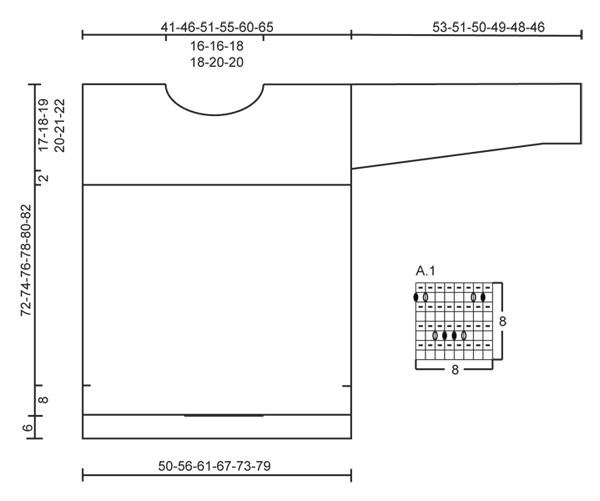
|
|||||||||||||
Have you finished this pattern?Tag your pictures with #dropspattern #summerskiessweater or submit them to the #dropsfan gallery. Do you need help with this pattern?You'll find 10 tutorial videos, a Comments/Questions area and more by visiting the pattern on garnstudio.com. © 1982-2025 DROPS Design A/S. We reserve all rights. This document, including all its sub-sections, has copyrights. Read more about what you can do with our patterns at the bottom of each pattern on our site. |
|||||||||||||







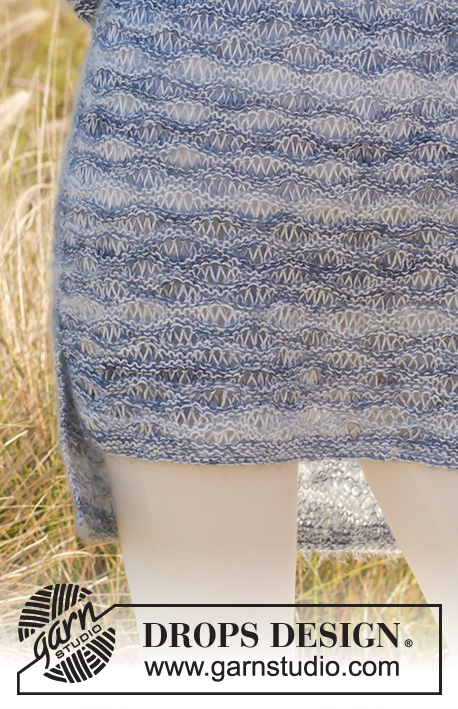









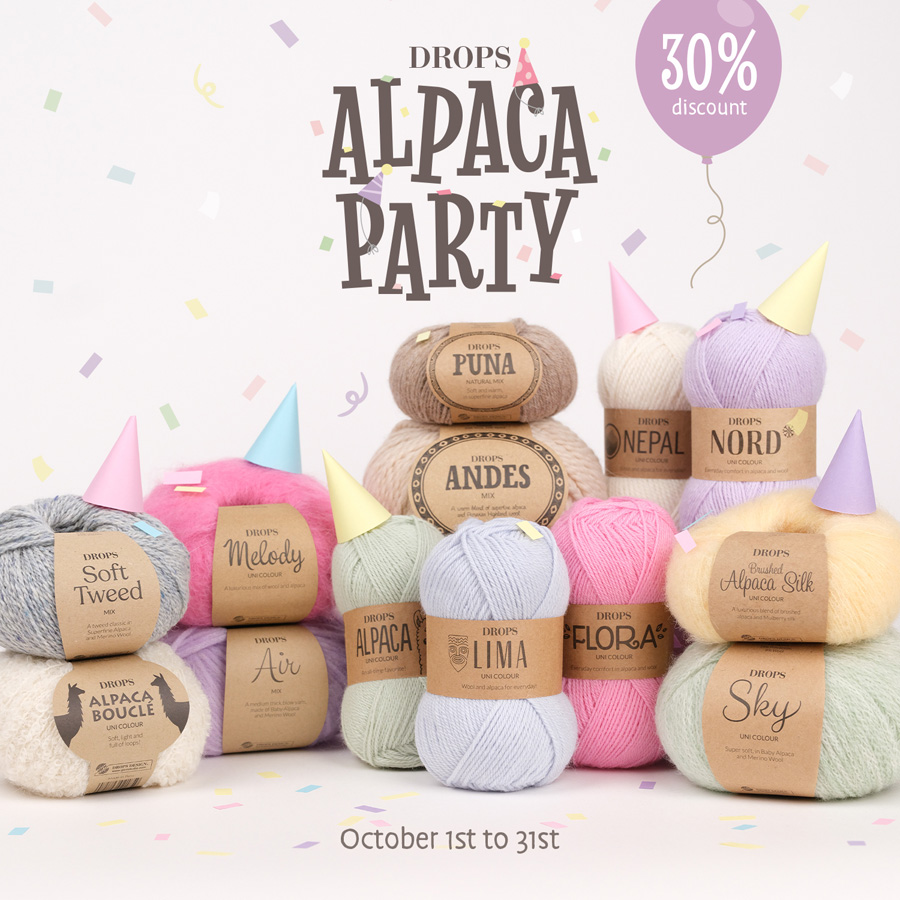


























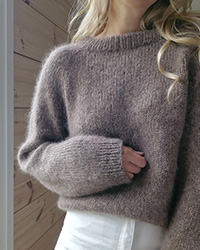
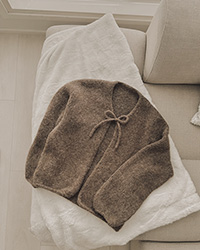
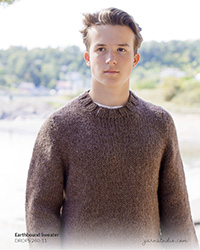
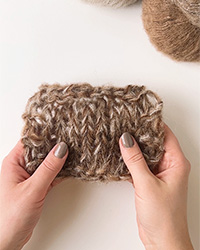
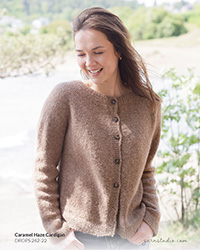
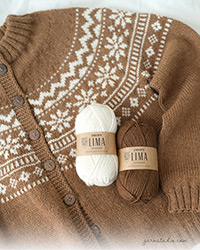
Post a comment to pattern DROPS 145-11
We would love to hear what you have to say about this pattern!
If you want to leave a question, please make sure you select the correct category in the form below, to speed up the answering process. Required fields are marked *.